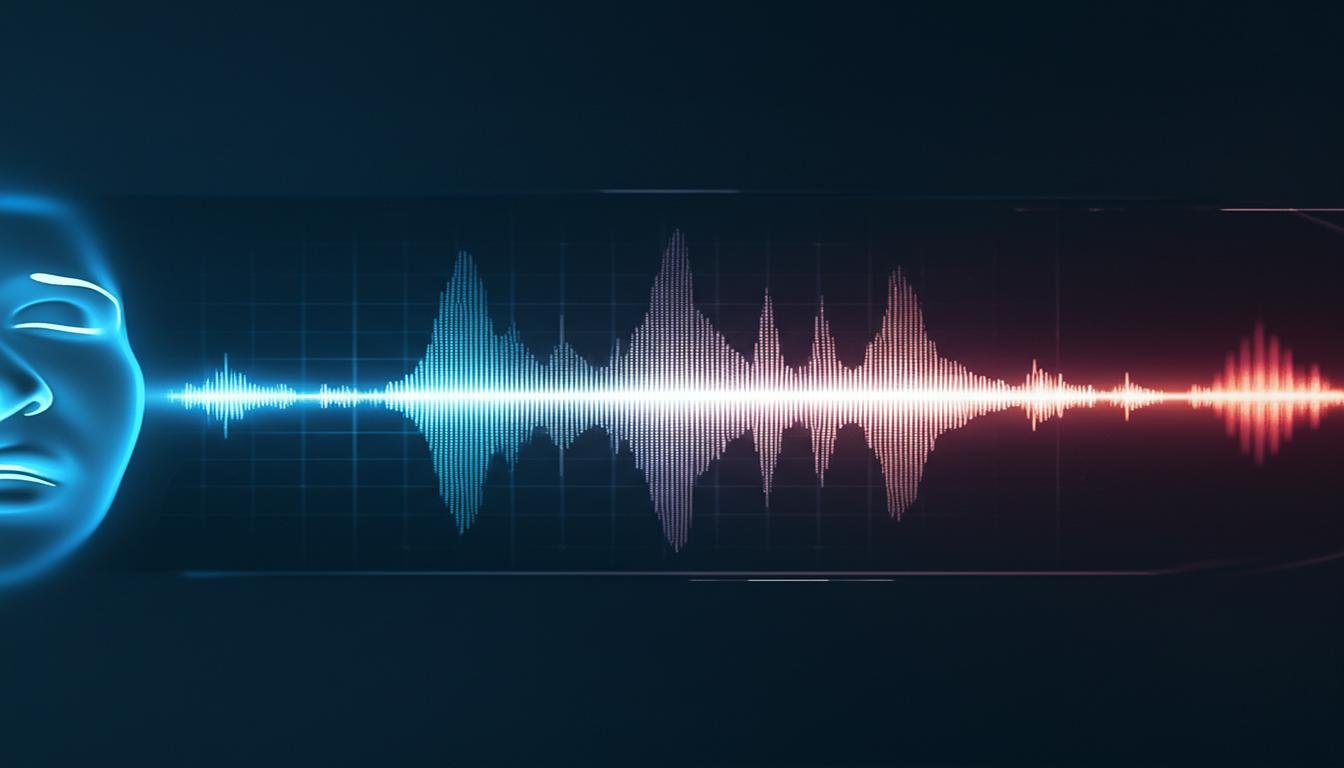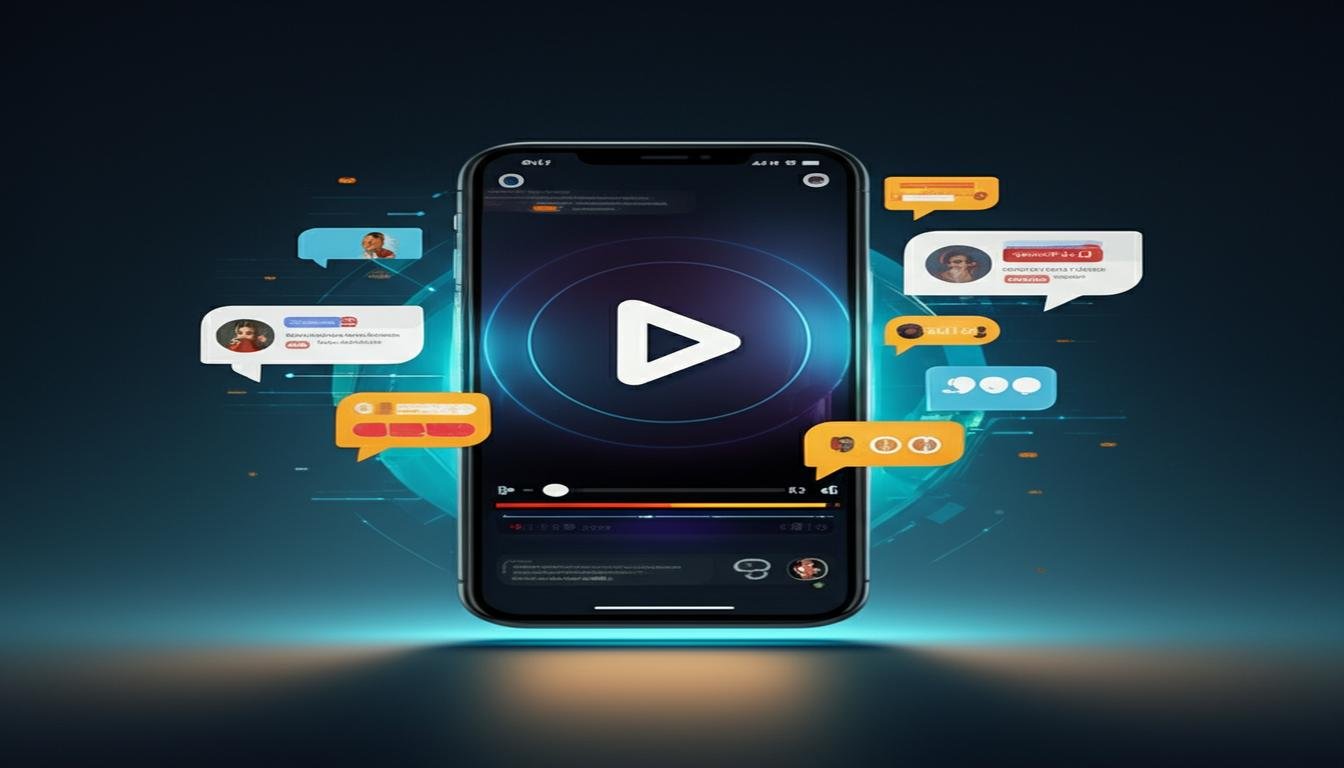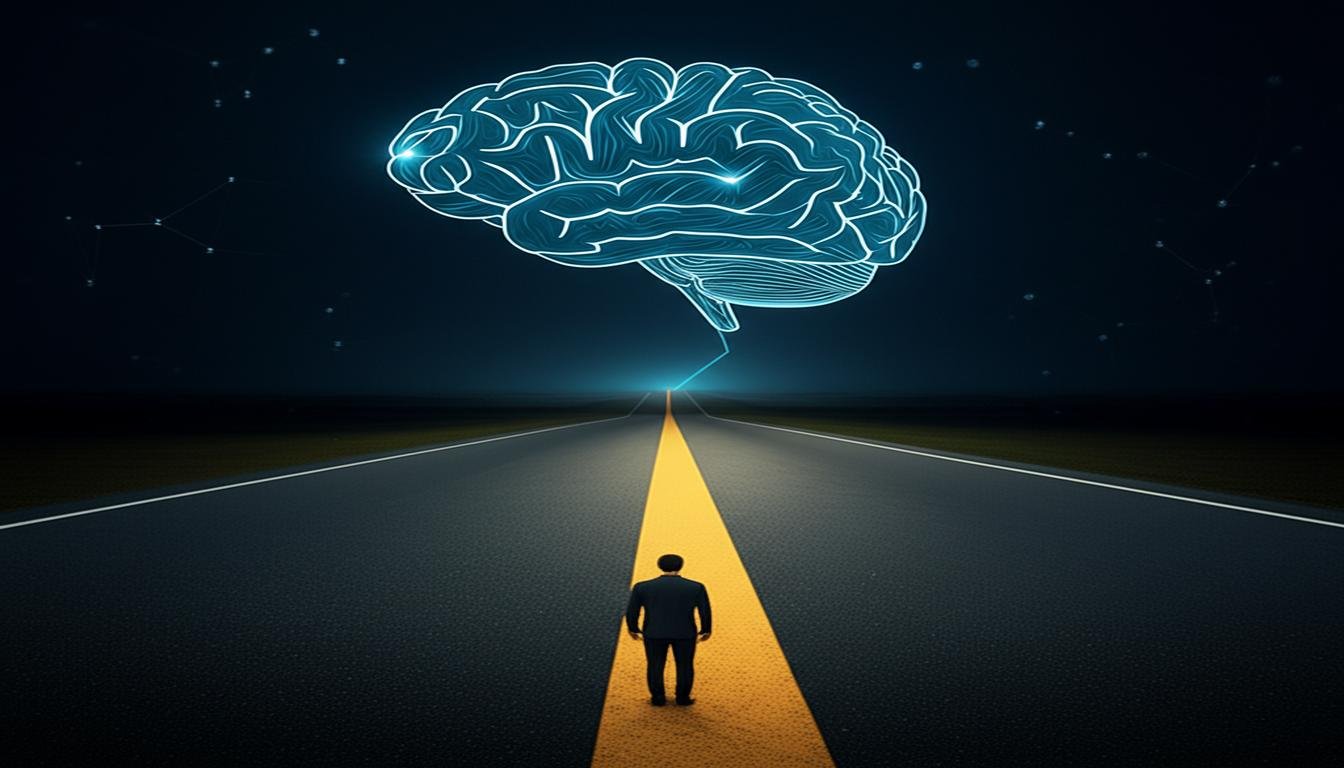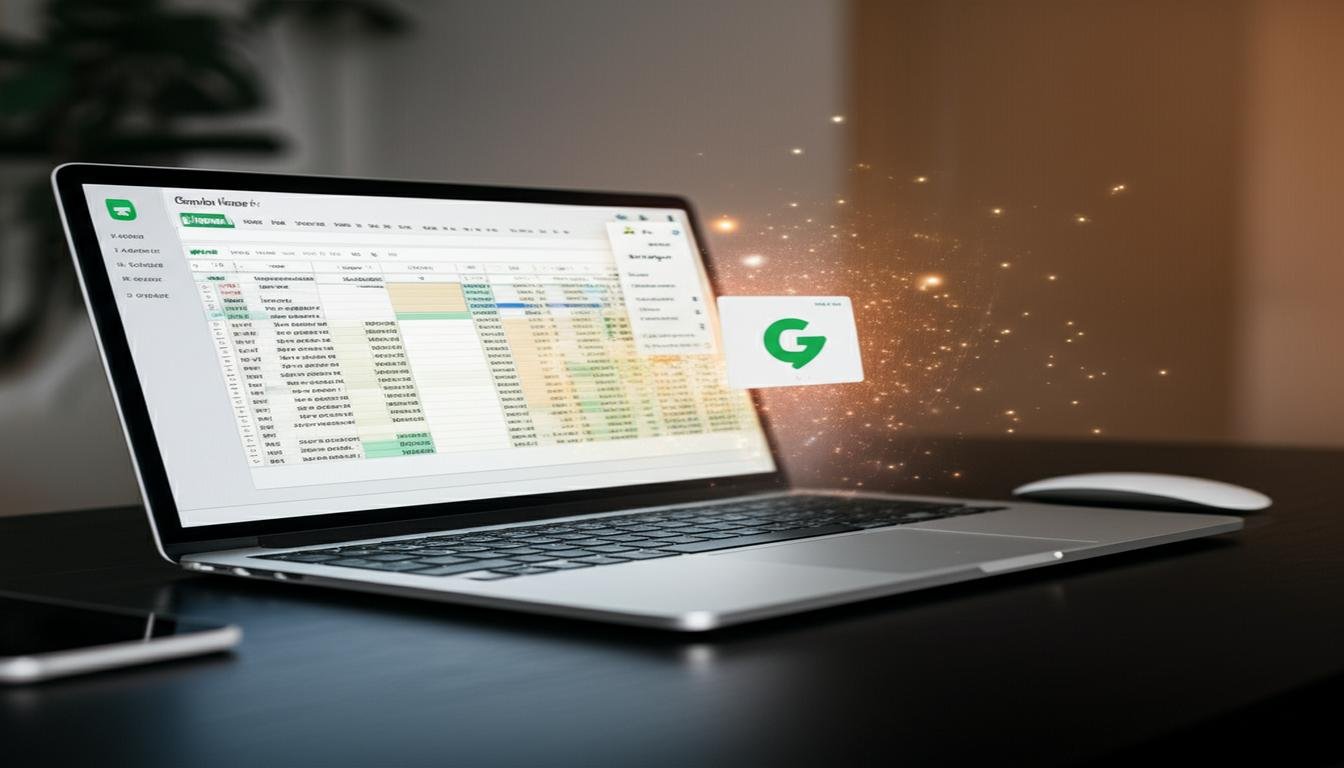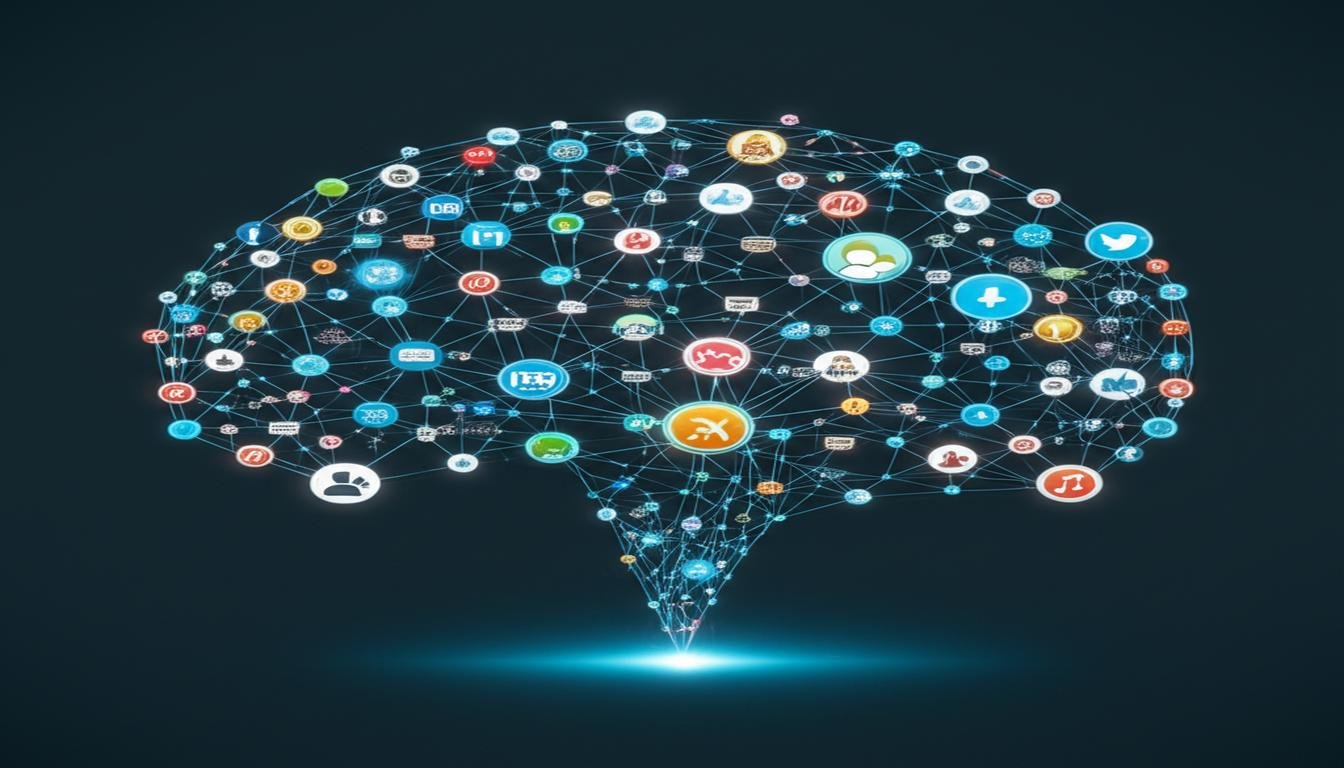Ever scrolled through your feed and done a double-take? Maybe it was a video of a famous person saying something totally out of character, or an audio clip of a politician sounding a bit… off. For a split second, you might think, “Wow, did they really say that?” Then, a tiny voice in your head whispers, “Could that be fake?”
That tiny voice is getting louder for a good reason. AI deepfakes are no longer grainy, obvious fakes. They’re getting incredibly, unsettlingly good. So good, in fact, that it’s becoming a genuine challenge to spot the fake from the real deal. And that’s a problem we all need to understand.
What Exactly Are Deepfakes Anyway?
In simple terms, a deepfake is a piece of synthetic media – usually a video or audio clip – that has been manipulated or entirely generated by artificial intelligence. It uses powerful AI algorithms, often a type called “deep learning,” to convincingly swap faces, alter speech, or even create entirely new, non-existent people saying and doing things.
Think of it as Photoshop for video and audio, but on steroids. It’s not just pasting one face onto another body; the AI learns patterns, expressions, and voice inflections to make the fake seem incredibly lifelike.
The Alarming Reality: Why They’re So Good Now
Just a few years ago, deepfakes were often easy to spot. They had glitches, odd blurs, or robotic voices. Not anymore. The technology has advanced at lightning speed, making AI-generated content shockingly realistic.
The Tech Behind the Trick
One major reason for this leap is the improvement in generative adversarial networks (GANs) and other AI models. These systems work by having two neural networks compete: one tries to create the most realistic fake, and the other tries to detect if it’s fake. This constant battle pushes both to get better, resulting in unbelievably convincing synthetic media.
Plus, the sheer amount of data available online – videos, images, audio – allows these AIs to train on vast datasets, learning every nuance of human appearance and speech.
Real-World Scares
We’re already seeing the consequences. Imagine a video of a world leader making a controversial statement they never actually uttered, or an audio clip of a CEO approving a fraudulent transaction. These fake videos and audio can spread misinformation, damage reputations, and even manipulate public opinion or stock markets. It’s not just about entertainment anymore; it’s about trust and reality itself.
Can YOU Spot the Fake? Common Clues to Look For
While deepfakes are increasingly sophisticated, there are still often subtle tells if you know what to look for. Becoming a savvy media consumer is key to identifying deepfakes.
Visual Cues
- Odd Blinking Patterns: Early deepfakes often had subjects who didn’t blink enough, or blinked in an unnatural way. While AI has improved, sometimes facial anomalies around the eyes can still be a giveaway.
- Unnatural Movement: Does the person’s head or body move awkwardly? Is their posture rigid, or do their facial expressions not quite match their words or emotions? Look for stiffness or jilted motions.
- Strange Lighting or Shadows: The lighting on the deepfaked face might not perfectly match the lighting in the background, leading to unnatural shadows or highlights.
- Inconsistent Skin Tone or Texture: Sometimes, the skin on the face might look too smooth, too textured, or have an unnatural hue compared to the neck or hands.
- Hair and Jewelry: These fine details can be tricky for AI. Look for blurry hair edges, flickering earrings, or unnatural reflections on glasses.
Audio Tells
- Voice Mismatch: Does the voice sound slightly off, robotic, or have a strange cadence? Does it perfectly match the person’s known voice?
- Unnatural Pauses or Tone: Listen for awkward pauses, sudden changes in tone, or a lack of natural vocal inflections (like “uhm” or “ah”).
- Background Noise: If the person is supposedly in a busy environment, but their voice is perfectly clear with no ambient noise, that could be a red flag.
Context is King
This is perhaps the most important tip. Even if the visuals and audio seem perfect, always question the context:
- Source: Where did this content come from? Is it from a reputable news organization, or an unknown social media account?
- Consistency: Does the information in the video or audio align with other known facts or reports about the event or person?
- Emotional Reaction: Is the content designed to provoke a strong emotional reaction (anger, fear, shock)? This is a common tactic for spreading digital manipulation.
- Cross-Reference: Can you find the same information or video reported by multiple, credible sources? If it only exists in one place, be extra suspicious.
Why Does This Even Matter to Me?
You might think deepfakes are a problem for politicians or celebrities, but the truth is, they affect us all. In an age of information overload, our ability to discern truth from fiction is vital. Deepfakes can erode trust in media, spread propaganda, and even be used for scams, blackmail, or harassment against everyday people.
Developing strong media literacy skills is no longer optional; it’s a critical skill for navigating the modern world.
The Bottom Line: Be a Smart Scroller
The rise of hyper-realistic AI deepfakes means we can’t blindly trust everything we see or hear online anymore. It’s a challenging reality, but it’s also an opportunity to become more discerning digital citizens. So, next time you encounter something shocking or unusual online, take a breath.
Pause. Think. Investigate. Be your own fact-checker. Ask yourself, “Could this be an AI deepfake?” Your critical thinking is our best defense against the fakes that are getting too good.



